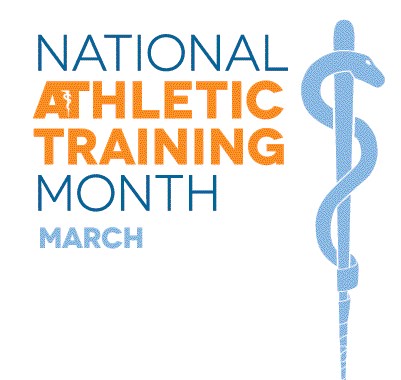Northern Michigan Sports Medicine Center
NMSMC employs Athletic Trainers who provide care to student athletes at 5 local high schools including Petoskey, Charlevoix, Harbor Springs, Inland Lakes, and Cheboygan. In addition to responsibilities at their respective schools, the ATs also provide rehabilitative care at one of the six NMSMC outpatient physical therapy facilities.
Athletic Trainers are Experts
Working to prevent and treat musculoskeletal injuries and sports-related illnesses, athletic trainers offer a continuum of care unparalleled in health care. ATs are part of a team of health care professionals – they practice under the direction of and in collaboration with physicians, physical therapists and other health care professionals. ATs work with those individuals who are physically active or involved in sports participation through all stages of life to prevent, treat and rehabilitate injuries and medical conditions. Athletic Trainers should not be confused with personal trainers or “trainers” who focus solely on fitness and conditioning.
Athletic Trainers save lives
Sports injuries can be serious. Brain and spinal cord injuries and conditions such as heat illness can be life threatening if not recognized and properly handled. ATs are there to treat acute injuries on the spot. Athletes have chronic illnesses, too. People with diabetes and asthma can and do safely work and exercise, and the athletic trainer can help manage these critical health issues as they relate to physical exertion.
Not all athletes wear jerseys
The duties of many workers – such as baggage handlers, dancers, soldiers and police officers – require strength, stamina, and movements that hold the potential for musculoskeletal injuries. ATs work with individuals in various settings to help with the prevention and treatment of these types of injuries.
The Athletic Trainer is the health care system for athletes and others
Athletic trainers are on site. They work with patients to avoid injuries; they are there when injuries happen and they provide immediate care; and they rehabilitate patients after injuries or surgery. It is a continuum of care. They know their patients well because they are at the school, in the theater or on the factory floor every day.
Athletic Trainers take responsibility and lower risk
School administrators, athletic directors and coaches have their own jobs, which may pose a conflict of interest with athlete safety. They are not experts in managing injuries or sports-related illnesses, nor should they be responsible to do so. Handling injuries at school or at work, rather than sending the patient to the emergency department, saves money and time loss – and gets them back to their activity faster. Just as professional athletes do, recreational athletes should have access to athletic trainers.








